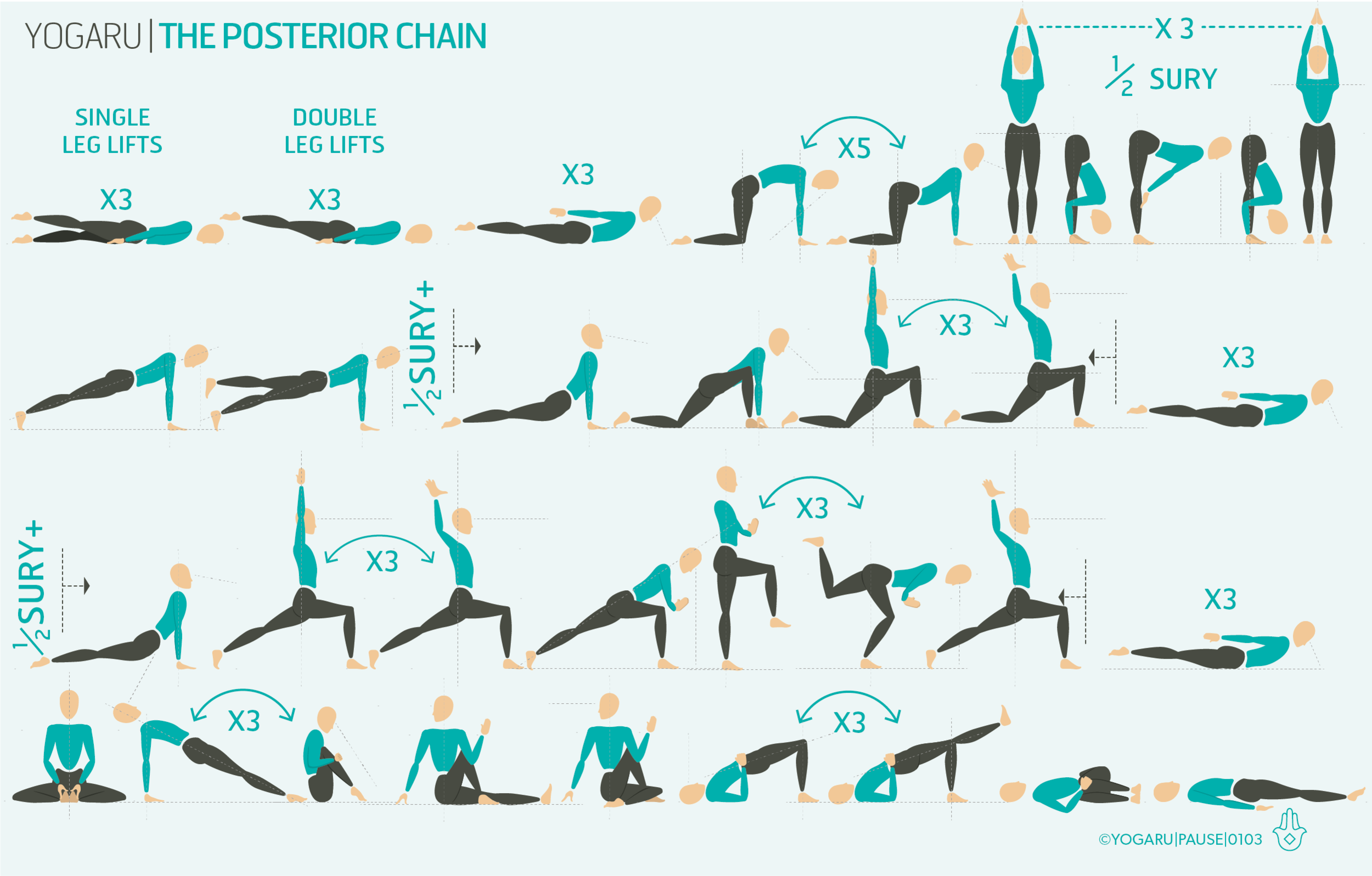WINTER TWISTS
When the temperatures drop and we start to move towards to depths of winter twists help to calm the nervous system, balance hormones, release tension, and help the body to adjust to the sudden change in season. They also stoke your internal generator to help you stay warm when there is a nip in the air, warming you from the inside out.
While Springtime is a time for getting into some deeper twists, Wintertime is more suitable for gentler twists to keep the spine supple over the winter months without going too deep into potentially seasonally tight muscles. Try this simple yoga sequence to get some twisting benefits into your day. Explore giving yourself permission to not go into your deepest twist and pause to take a few extra breaths in each twist to build strong winter ready lungs. Here are 10 benefits of adding these twist into your practice:
1. Aids digestion - twists penetrate deep into the body, stimulating the organs of the abdominal region. One of the most important organs which benefits from twists is the digestive system, also known as the enteric nervous system, or the ‘second brain’. Twists stimulate maximum nutrition absorption and distribution throughout the body.
2. Eases constipation - the digestive system is happiest when it is kept regular. Constipation can leave you feeling sluggish and bloated. Twists wake the digestive system up and gently squeeze it to help keep everything moving efficiently. When practising twists turn to the right first to stimulate the ascending colon, then twist to the left after, to stimulate the descending colon.
3. Aids detoxification - twists temporarily constrict blood flow in the bowel, liver and kidneys. In releasing the twist a surge of fresh oxygenated blood rushes back which flushes out unwanted toxins.
4. Increases metabolism - your metabolism is the rate at which your body process matter to create energy. Twists boosts the metabolism by aiding good digestive. The metabolism also functions best in a stress free environment – twists soothe physical and emotional tension in the body through triggering the parasympathetic nervous system.
5. Boosts immune system - a healthy immune system starts in your gut. As 80% of our immune system is generated in the gut it makes sense that twists are a very powerful tool for a strong immune system. Along with the digestive system, twists also stimulate the circulatory, the nervous and the endocrine systems – which all have an important part to play in building the immune system.
6. Increases circulation - good circulation brings oxygen and nutrients to the whole body. Sitting at a desk all day is one of the main culprits of poor circulation. Yoga, twists in particular, increase your circulation – with the additional benefit of adding a healthy glow to your complexion after your practice!
7. Energising - the increased circulation from twists of oxygenated blood to the brain gives you a fresh boost of energy. They also stir up your internal prana (life energy) and increases energy flow throughout the whole body.
8. Eases stress & anxiety - a healthy gut has a strong link to our moods and emotional well-being. Stress leads to gut issues and similarly gut issues lead to stress. As 95% of serotonin (the happy hormone) is produced in the bowel, stimulating the gut through twists release these happy hormones into the system.
9. Balances nervous system - the sympathetic nervous system (fight & flight) is in constant alert in our busy lives. Sometimes we may need a bit of ‘fight & flight’, but most of the time it’s a result of our brain being overwhelmed and leads us to make impulsive decisions. Slowing down and taking some deep breaths in your twists rewires the brain to pause before it reacts, and triggers the parasympathetic nervous system (rest & digest).
10. Improves spinal health - last but not least, twist help maintain a healthy spine by wringing out and lubricating the connective tissue of the spine – keeping them strong, supple. They stretch, strengthen and release tension from all the muscles of the spine.
To save the images for personal use click and hold down the image until the ‘save image’ option appears; on Mac hold down ‘control’ and click the image to get the option box; on PC right click on the image to get the option box. Scroll down in the ‘option box’ and click ‘save image’.
Ruth Delahunty Yogaru




